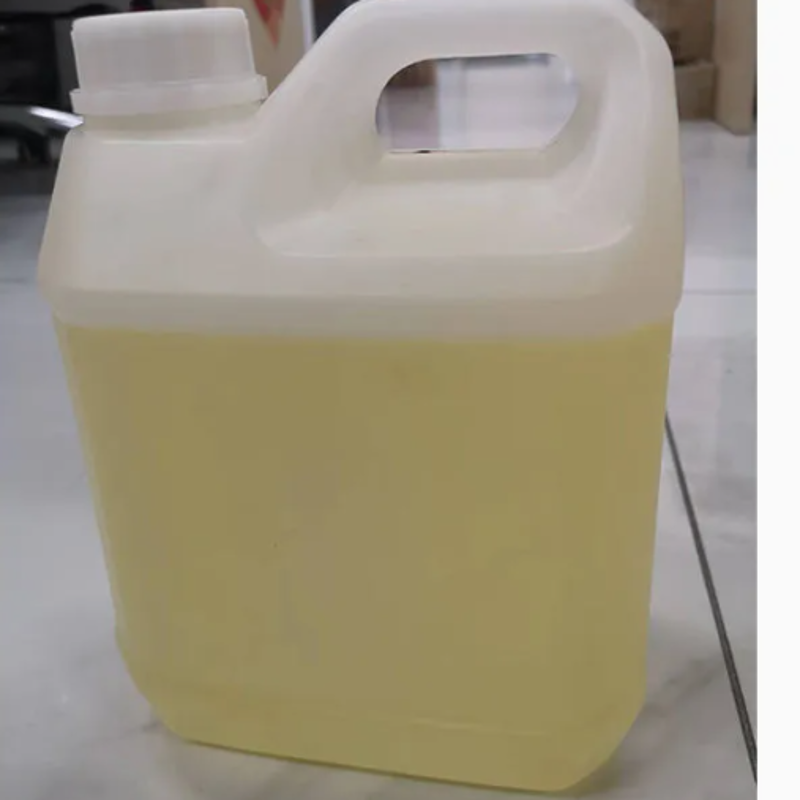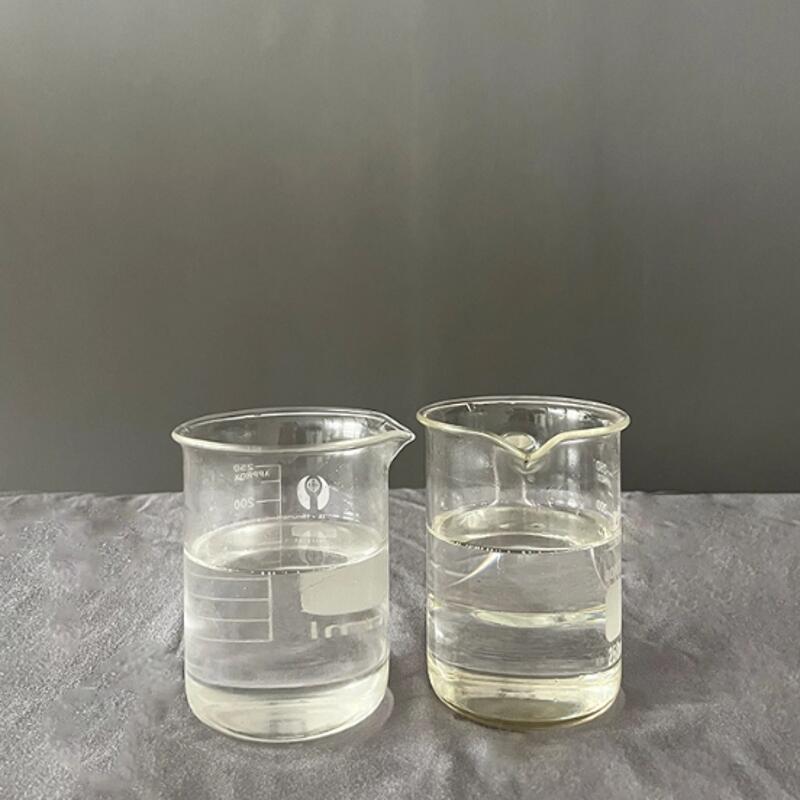-
Categories
-
Pharmaceutical Intermediates
-
Active Pharmaceutical Ingredients
-
Food Additives
- Industrial Coatings
- Agrochemicals
- Dyes and Pigments
- Surfactant
- Flavors and Fragrances
- Chemical Reagents
- Catalyst and Auxiliary
- Natural Products
- Inorganic Chemistry
-
Organic Chemistry
-
Biochemical Engineering
- Analytical Chemistry
-
Cosmetic Ingredient
- Water Treatment Chemical
-
Pharmaceutical Intermediates
Promotion
ECHEMI Mall
Wholesale
Weekly Price
Exhibition
News
-
Trade Service
Global demand for PMMA and MMA will slow significantly due to the COVID-19 pandemic, and it may take two years to return to pre-crisis levels
.
Global PMMA demand may decrease by 15% in 2020
Global PMMA demand may decrease by 15% in 2020Since January 2020, the new crown virus pneumonia has successively broke out in many parts of the world, and the demand for polymethyl methacrylate (PMMA) has dropped sharply in the first quarter of 2020
.
The main application areas for polymethyl methacrylate (PMMA) include signs and displays, construction, automotive and electronics
.
Since 2015, global PMMA demand has been growing at a compound annual growth rate of 2.
1%, especially in Asia with a growth rate of 3.
3%
.
A recovery in PMMA demand is expected in the second half of 2020, but the full year will be well below 2019 levels
.
Global demand for PMMA is expected to grow at an annual rate of 2.
4% by 2030, with Asia continuing to drive global demand growth at a growth rate of 3.
2%
.
Synchronized reduction in MMA demand
Synchronized reduction in MMA demandPMMA is produced by the polymerization of methyl methacrylate (MMA) monomer and accounts for about 56% of global MMA demand
.
Global MMA demand in 2019 was about 3.
6 million tons, of which Asia accounted for 59%, followed by North America with 19% and Europe with 17%
.
Global MMA demand grew by only 1.
7% in 2019 due to lower-than-expected automotive demand
.
Severely affected by the new coronavirus epidemic, global MMA demand is expected to decrease by 13% in 2020
.
ICIS expects a full recovery in MMA demand within two years as social life returns to normal, with a strong forecast of 10% growth in 2021 and another 7% in 2022
.
Global MMA demand is expected to continue to grow at an average annual rate of 2.
7% through 2030, while Asia's average growth rate will reach 3.
7%
.
In terms of supply, Asia is the largest production region, accounting for 56% of global MMA production in 2019, followed by North America and Europe, accounting for 20% and 15%, respectively
.
There are three technical routes for MMA production of acetone cyanohydrin (ACH), isobutylene (C4) or ethylene (C2) raw materials
.
Depending on the cost and availability of raw materials, there are differences in the MMA production process routes in different regions
.
North America and Europe mainly use the acetone cyanohydrin route, while Northeast Asia uses both acetone cyanohydrin (ACH) and isobutene route.
China mostly uses acetone cyanohydrin process technology, and Japan mainly uses the isobutene route
.
The rest of Asia mainly uses the isobutene route
.
The ethylene raw material MMA process route is a new route developed in recent years.
At present, there are 3 factories in the world using the ethylene raw material technology route, one of which uses BASF technology in Germany, and the other two in Singapore and Saudi Arabia, using International Lucai Unique Alpha process technology
.
According to the analysis, the Alpha process technology is the most cost-effective
.
According to the manufacturer, the new plant of Saudi Methacrylates Company (SAMAC), a joint venture between Mitsubishi Chemical (MCC) and SABIC, in Saudi Arabia in 2018 can save about 40% of production costs
.
Several new MMA programs are expected in the U.
S.
and China over the next four years
.
It is expected that two new MMA plants with ethylene feedstock will be put into operation in the United States in 2023-2024, which will make full use of local cheap feedstocks
.
One will be operated by Rohm (using a new production method called LiMA) and the other by Mitsubishi Chemical using Alpha process technology
.
Several MMA units in China will be built using the acetone cyanohydrin technology route, and most of the new capacity will be integrated with large refinery expansion projects
.
Judging from the current market situation, these projects may be delayed
.
Acetone and phenol are impacted indirectly
Acetone and phenol are impacted indirectlyThe acetone cyanohydrin (ACH) production route of MMA uses acetone as raw material and produces phenol as a by-product, which is the most mature technical route
.
The production of 1 ton of phenol will produce 0.
62 tons of acetone as a by-product
.
Therefore, the global supply and demand development of these two products is intertwined
.
Acetone is used in the production of bisphenol A (BPA) and solvents such as isopropanol (IPA) and methyl isobutyl ketone (MIBK) in addition to MMA
.
The main applications of acetone - MMA, Bisphenol A and solvents - each account for about a quarter of acetone demand
.
Phenol is mainly used in the production of bisphenol A (49%), phenolic resins (24%) and other chemicals
.
Bisphenol A is also used in the production of polycarbonate (65%), which is mainly used in the electronics, construction and automotive industries; epoxy resin (34%), mainly used in the automotive, construction and molding industries
.
Phenolic resins are mainly used in the construction industry
.
In 2019, the global demand for acetone reached 7.
4 million tons, of which Asia is the main consumption region, accounting for about 52% of global consumption, and North America and Europe together account for about 42% of global consumption
.
Global phenol demand in 2019 was about 11.
7 million tons, of which Asia accounted for 58%, followed by Europe with 20% and North America with 16%
.
Demand for acetone and phenol has grown at an average annual rate of 3.
4% since 2015, mainly driven by bisphenol A and strong growth in the Asian market
.
Affected by the coronavirus outbreak, global demand for acetone/phenol is expected to decrease by about 15% in 2020
.
However, among acetone derivatives, isopropyl alcohol (IPA) and solvents used in medical, disinfectant and hygiene industries are expected to replace BPA and MMA as the major growth factor
.
As for acetone applications in the PMMA and MMA industries, acetone/phenol demand is expected to fully recover within two years, with a healthy recovery expected in 2021, with a projected growth rate of 9% and a further 7% in 2022
.
Global acetone/phenol demand is expected to continue growing at an annual rate of 2.
2% through 2030, with Asia remaining the growth driver
.
On the supply side, due to the demand crisis, producers around the world have implemented production reduction strategies in 2020.
Among them, China announced that it will delay the commissioning of three acetone/phenol integrated projects in 2020-2021, and Poland plans to postpone one acetone/phenol project in 2023.
The phenol project was put into production
.







